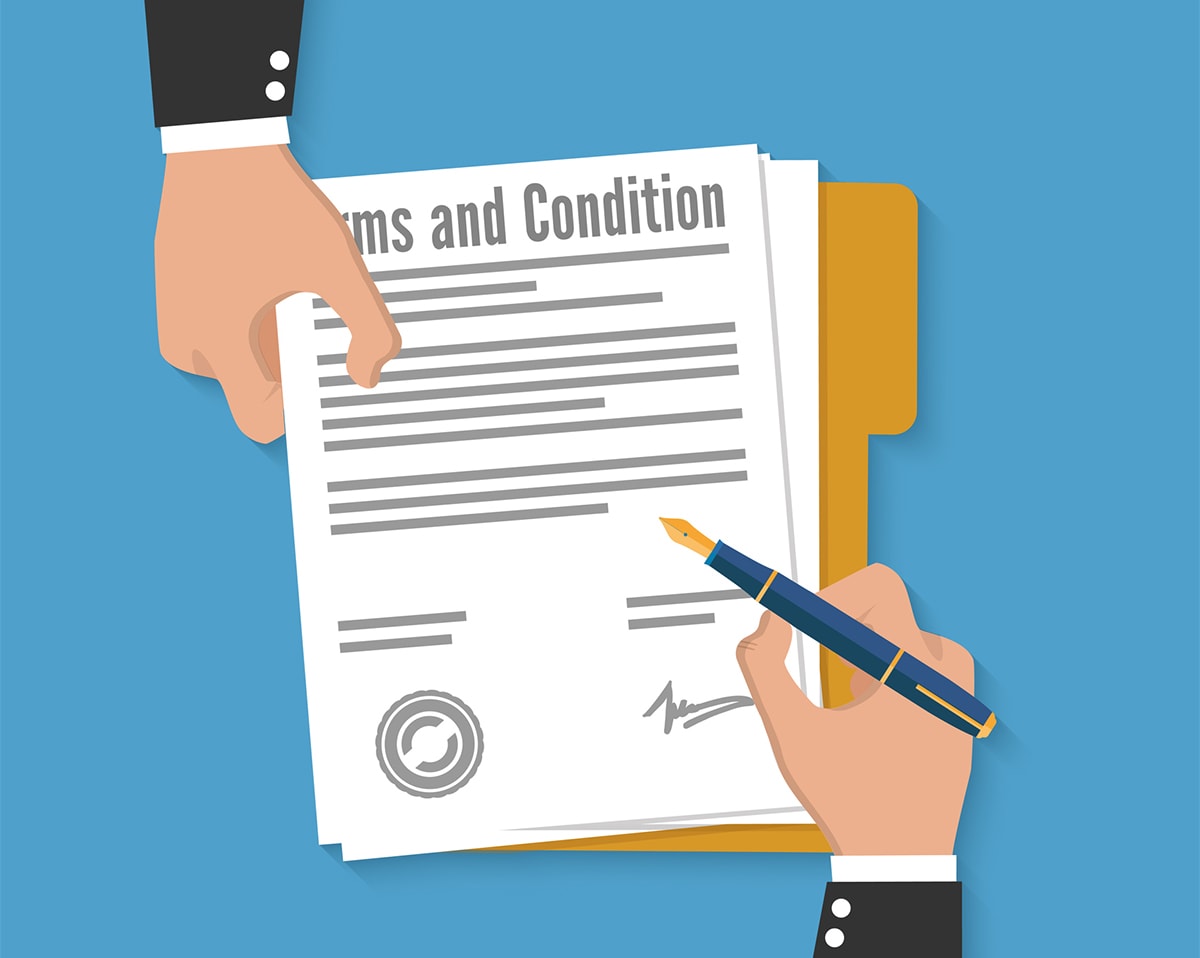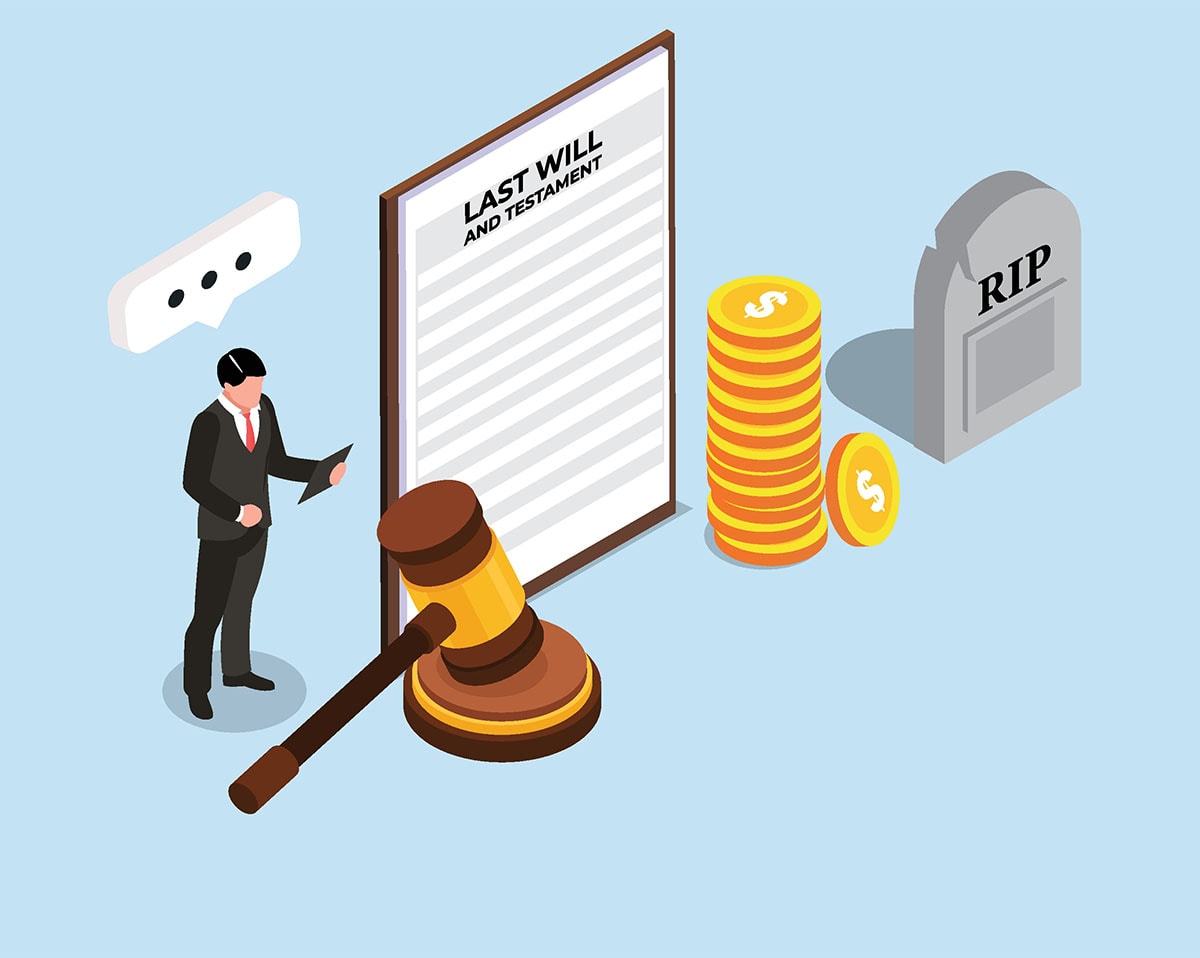
Insurance Agency Financial Models
A key to running a profitable insurance agency is understanding your target financial model, i.e. how you allocate your revenue to various expense items. If you were not aware, every business does have a financial model. There are resources available for both captive and independent agencies on financial benchmarks, such as the revenue per employee or CSR, and the average percentage of revenue spent on different expense categories.
One of the benefits of starting a career as a captive agency owner is that the company has developed a proven and profitable business model. It is very common for Allstate and State Farm agencies to generate profit of 50-65% of revenue when you include the owner’s salary, benefits and net income. A key to captive agents high profitability is the parent company’s deep advertising pockets, long brand history and tight underwriting that filters for the standard clients who tend to have longer tenure.
For independent agents, the Independent Insurance Agents & Brokers of America (IIABA or Big “I”) produces an annual Best Practices study that averages financial and operational data from agencies around the country and subcategorizes them by size and geography. The Best Practices Gateway is a great resource for reviewing performance metrics of often well-run independent agencies and brokerages. Likewise, the National Alliance for Insurance Education & Research produces an “Insurance Agency Growth & Performance Standards” report every other year with similar information. The main problem from my perspective with these reports is that they average data across a wide range of insurance agencies in different geographies, of different sizes and focusing on a multitude of lines of business. The end result is that they provide helpful benchmarks, but not necessarily a financial model for running your own agency.
So after reviewing many of these types of reports in detail and analyzing financials for hundreds of independent agencies, I started to develop my own thoughts on the subject. Many expense categories are essentially the same across all insurance agencies (over $300k in revenue) as measured as a percentage of revenue. These include categories such as rent, utilities, repairs and maintenance, phone service, business insurance and often even benefits. The biggest disparity in terms of expenses lies in the areas of salaries, wages, commissions and marketing expenses (including printing and postage). That led me to conclude that there are essentially two financial models for independent insurance agencies and those models are based upon how the agency generates new business. I refer to them simply as (1) the “Marketing-Driven Model” and (2) the “Sales Force-Driven Model”. There’s nothing groundbreaking about this realization alone.
An agency operating on a Marketing-Driven Model is one that generates all of its business through…well, marketing. The agency owner(s) is responsible for making the phones ring and the employees, who are usually paid hourly or on a salary with small bonuses, are essentially order-takers, writing the business that comes in the door. This model is most commonly found in personal lines P&C agencies and niched commercial lines P&C agencies serving small accounts. It tends to be the most profitable business model for an independent agency; however, agencies operating on this model typically do not exceed $2M of revenue.
An agency operating on a Sales Force-Driven Model has commission-based producers. Usually, the producers are out bringing business in the door, but many call center operations have developed over recent years that also have commission-only sales people closing leads acquired by the company. One client in particular spent $800k on leads last year and then paid its producers 100% commission on the first policy term (no renewals). The upside of using producers is that they only get paid when they create revenue for the company, so the fixed expenses associated with salaries and wages are less. The downside is that the overall cost of sales can be substantially higher. Additionally, agencies operating with producers tend to grow faster and grow larger than the marketing-driven counterparts. This model is most common with commercial P&C agencies and L&H agencies, but also includes a few high-growth personal lines P&C agencies using call centers, as noted.
There is technically a third category that comprises a blended model. Many agencies do have some producers and then implement a company marketing strategy. What often happens in these cases is that the owner is focused on the company’s marketing strategy and ends up overpaying the producers while ignoring them. The producers become lifestyle agents, slowly building up a book of business and riding it out since the owner isn’t likely putting production requirements on them. We have seen this more than a few times. The agency is probably better off having the producers than not, but the relationship is less favorable for the agency than the producer.
I will end this rather long dialogue with something to consider. Based on my own assessment, an independent insurance agency should be operating within the financial models shown below, which is dependent upon how new business is developed. I encourage you to review your agency’s financials and compare your performance against these models to determine if you are managing at optimum profitability. As always, if anyone reading this has any questions, then please feel free to contact me. For more information on the subject, also consider watching my presentation on Best Practices for Growing an Insurance Agency (skip to 3:30 minutes).

Experts in Insurance Distribution Business Valuation, Sale, and Acquisition
We deliver superior results through our industry expertise, transaction expertise, and professional network.
Contact us



